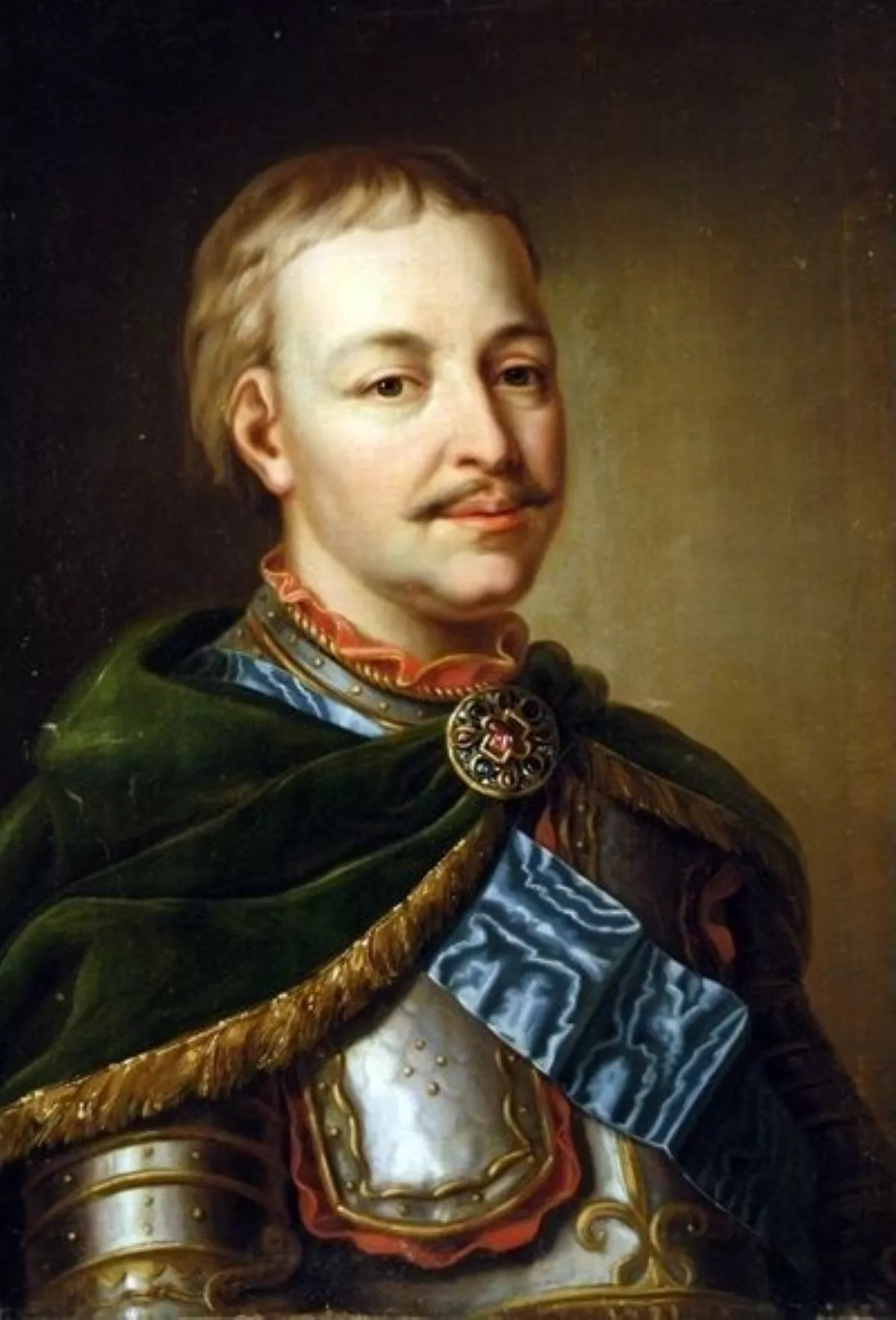 1.
1. Ivan Mazepa played an important role in the Battle of Poltava, where after learning that Tsar Peter I intended to relieve him as acting hetman of Zaporozhian Host and to replace him with Alexander Menshikov, he defected from his army and sided with King Charles XII of Sweden.